Draft regulations for five new species have been listed under New Brunswick’s Species At Risk Act (SARA).
Some of these species, such as the bohemian cuckoo bumble bee and the wrinkled shingled lichen (what a name!), are extremely rare in the province, while you may recognize the trademark song or the iconic, colourful wings of some of the others.
We pored through the new species’ status reports to give you a closer look at the latest animals, insects and plants given draft regulations under the Act.
Olive-sided flycatcher
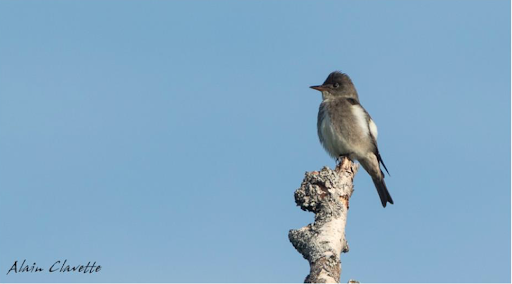
If you catch this bird’s song—an iconic whistle of ‘quick, three beer!’— you might momentarily think you’re in a bustling pub somewhere, and not the edge of a wetland where the olive-sided flycatcher likes to perch.
This beautiful boreal songbird appears to sport a deep brownish-olive vest, with its white throat, breast and belly contrasting with the dark flanks of its wings.
The olive-sided flycatcher is generally found perched on snags and standing deadwood in mature, semi-opened forest stands near rivers and wetlands. There, they sit and wait patiently, foraging for flies and other insects atop their perch.
Olive-sided flycatchers have declined by 93 per cent in New Brunswick between 1970 and 2019. Scientists say their numbers are plummeting due to low reproductive success (they only produce one brood per year, the fewest among perching birds) and the strain of their annual long distance migration.
North-bound olive-sided flycatchers have the longest migration out of all flycatcher species, traveling around 11,000 kilometers from Bolivia to as far as Alaska in ever-changing weather conditions.
Wrinkled shingle lichen
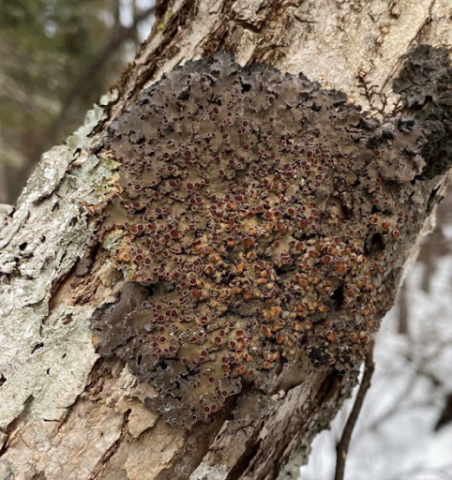
Having “wrinkled” as the first word of your name isn’t greatly flattering, but don’t be fooled— the wrinkled shingle lichen is a natural gem. A real ‘diamond in the rough’ if you find one, in fact, considering there are only 18 known sightings of it in New Brunswick.
The wrinkled shingle lichen lives up to its name—a crinkled, brownish grey patch of leafy lichen that prefers wet cedar-dominated forests, mixedwood forests and hardwood swamps.
It benefits the local ecosystem by providing nutrients, habitat and protection to mammals, insects and plants, and also improves air quality.
Scientists say logging and forestry practices are the biggest reasons the wrinkled shingle lichen is so rare and in need of recovery in New Brunswick.
Other factors of its decline are the lichen’s sensitivity to air pollution and the spread of the infamous emerald ash borer, as mature hardwoods such as black ash are trees of choice for wrinkled shingle colonies.
Beach pinweed
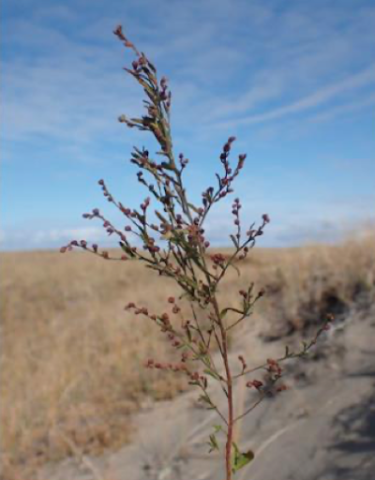
The beach is a great place to just drop everything and relax. And that’s exactly where you’ll find the beach pinweed swaying lazily in the ocean breeze.
These perennial plants pop up with their pink and red flowers in the last place you’d think a flower could thrive: plain old sand. Beach pinweed requires the bare minimum to grow: they prefer little to no soil profile, thrive on low nutrient levels and live on large coastal dune systems.
With so little required to survive, how could they be of special concern in New Brunswick? There is too much going on around their beloved tranquil space.
Beach pinweed depends on stable, established dunes. But climate change and extreme weather are eroding dunes throughout the Gulf of St. Lawrence and Northumberland Strait, threatening this resilient plant’s future. People driving off-road recreational vehicles on sensitive dunes also contributes to erosion and the loss of beach pinweed habitat.
Monarch butterfly
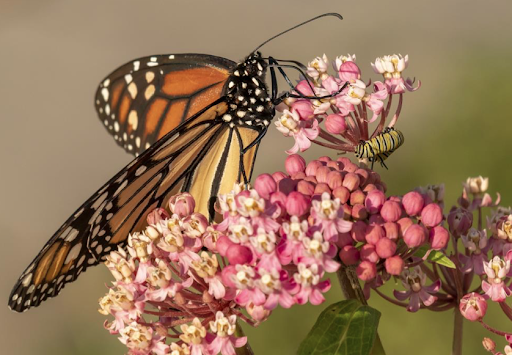
Most Maritimers are familiar with the monarch butterfly— the joy of seeing them is special considering the incredible journey they weather to be in our backyards.
The monarch’s iconic deep-orange, white-spotted, black-edged wings fly 4,000-5,000 kilometers over a span of eight to 10 weeks each year.
Though the population of monarch butterflies in N.B. varies from year to year, the eastern North American monarch population has declined by 80 per cent over a span of nearly three decades.
They are threatened due to logging in their winter habitat down south and extreme weather conditions but the biggest factor driving their decline is the consistent use of herbicides on their primary source of nutrition, milkweed.
You can help monarchs by planting native pollinator flowers such as the common milkweed and swamp milkweed on your property (check out our handy pollinator garden guide for tips!).
Bohemian cuckoo bumble bee
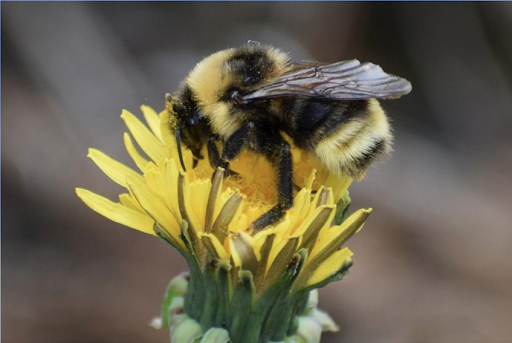
Last detected in New Brunswick in 1979, the bohemian cuckoo bumble bee is at high risk of being completely wiped out here in the province.
Despite looking like a classic fuzzy, yellow and black bee, the bohemian cuckoo harbors a big twist: it’s a social parasite that depends on other colonies of bees to survive.
Bohemian cuckoos don’t have typical colonies and don’t produce workers. Instead, a female bohemian cuckoo will look for a potential host nest in the spring—in New Brunswick, its ‘prey’ of choice are the yellow-banded bumble bee and the rusty-patched bumble bee. She’ll kill the host queen, lay her own eggs and let the host colony raise the larvae.
They are found in various habitats including boreal forests, old fields, urban areas and edges of wetlands. They overwinter in the ground and in decomposed materials such as rotting logs.
Scientists say a decline in their host species and the use of pesticides have got them on the species at risk list.
Pushing for movement on SARA duties
You’ll remember that the Conservation Council and other prominent Indigenous and environmental groups have been pressuring the Minister of Natural Resources, Hon. Mike Holland, to uphold his duties under SARA.
You can read our demand letter to Minister Holland here. And see the letter in response from Minister Holland here.
Recommended links:
Learn more about forestry reform and nature protection in N.B.
Learn more about forestry reform and nature protection in N.B.
